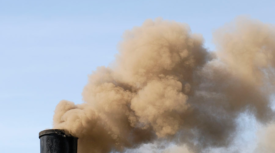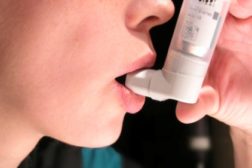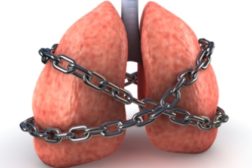Home » asthma
Articles Tagged with ''asthma''
Public health experts blast Supreme Court’s stay of Clean Power Plan
APHA: Move 'puts public health at risk'
March 3, 2016
Public health experts support stronger air quality standards for ozone
"Would provide significant health benefits"
October 9, 2015
A NIOSH Science Blog post
Cleaning for asthma-safer schools reduces asthma risk, saves money
May 26, 2015
Never miss the latest news and trends driving the safety industry
eNewsletter | Website | eMagazine
JOIN TODAYCopyright ©2024. All Rights Reserved BNP Media.
Design, CMS, Hosting & Web Development :: ePublishing








